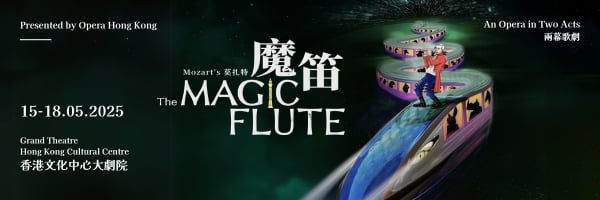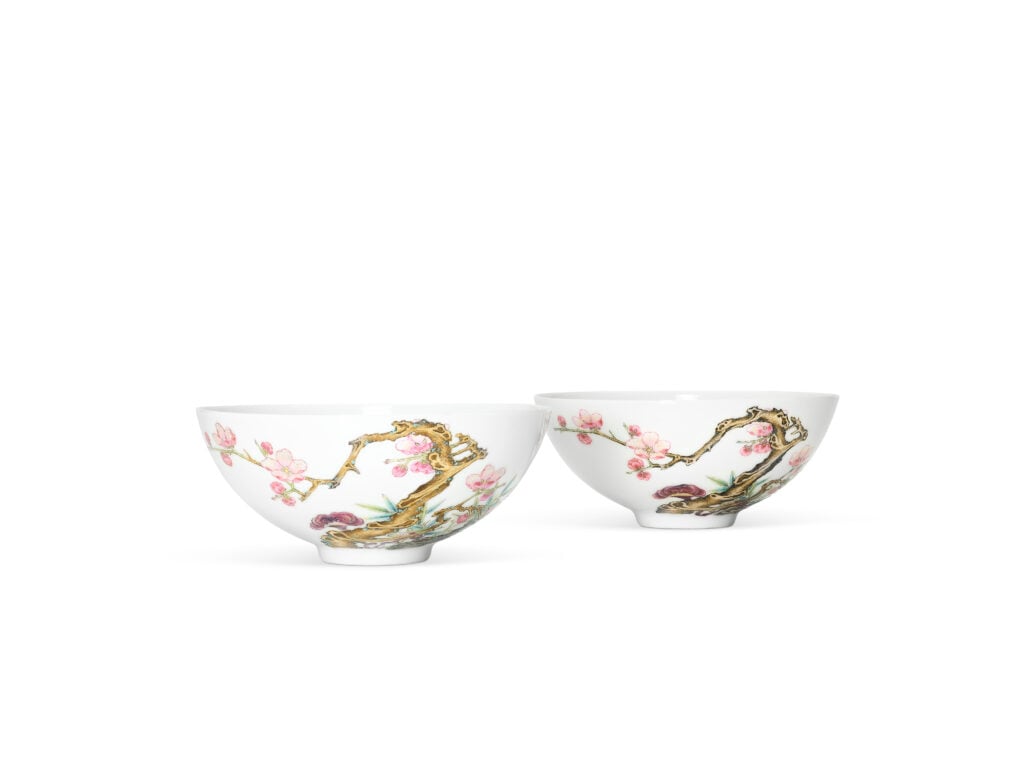
- This event has passed.
EVENT DESCRIPTION
Pace is pleased to present an exhibition of vibrant sculptures by the pioneering Light and Space artist Peter Alexander at its Hong Kong gallery. Running from February 2 to March 14, this show will bring together works created by the artist during the last decade of his life. A hugely creative period of his career, these final years brought new experimentations with color and form—including his needle- shaped sculptures—that will be on full view in Pace’s upcoming show. This will be the first-ever exhibition dedicated to Alexander’s work to be presented in Hong Kong and, more broadly, in all of Asia.
Born in Los Angeles in 1939, Alexander rose to prominence in the 1960s with his cast polyester resin sculptures. Having nurtured a lifelong love of surfing, he used resin to fix his boards for many years. Alexander’s decision to utilize resin as an artistic material in the early 1960s was something of an epiphany. He had poured the material into a Dixie Cup to seal his surfboard but found that over time the resin hardened into a translucent circle. This realization heralded the creation of Alexander’s iconic polyester resin sculptures that would position him as a key figure in the Los Angeles art scene and a vanguard of the California Light and Space movement, which also includes James Turrell, Robert Irwin, and other figures in Pace’s program.
Throughout his life and career, Alexander found inspiration for his art through a multitude of sources, including the colors, forms, and geometries that make up the landscape of his native Southern California—from glowing sunsets and crashing waves to imposing mountains and deep valleys. The relationship between color and light—and the phenomenological and perceptual nuances of that relationship—is central to any experience of Alexander’s translucent, meditative sculptures. A believer in the power of all that is small or quiet, the artist often spoke of the intimacy of his sculptures, which he hoped each viewer would engage with on a personal, individual level.
Though he remains best known for his sculptures, Alexander’s practice also spanned painting, drawing, lithography, and polaroid photography. His fascination with the science of color was an enduring part of his practice, and his investigations into and experimentations with color are throughlines in all his work. In the 1970s, he stopped using polyester resin for his sculptures due to its toxicity, focusing instead on painting, drawing, and printmaking. He returned to the material in 2010 when he began working with polyurethane, a shift that enabled him to express color in his sculptures more clearly and vividly than ever before.
Pace’s upcoming exhibition in Hong Kong follows a major presentation of Alexander’s work at its New York gallery in 2022. Featuring sculptures created by the artist between 2012 and 2020, the year of his passing, this show will bring together three large-scale, freestanding Needle works, the last sculptural shape he explored in his practice, along with a group of ethereal, small-scale block, box, and wedge sculptures. It will also include several dynamic wall-mounted works that engage heavily with questions of perception and perspective. Replete with bold color and shapeshifting forms, this presentation will offer a holistic view of Alexander’s prolific final years.
ABOUT THE ARTIST / ORGANISER
Peter Alexander (American, b. 1939, Los Angeles; d. 2020, Santa Monica, California) is recognized for his multidisciplinary practice through which he explores light and color. Originally interested in architecture, he attended the University of Pennsylvania (1957–1960), the Architectural Association in London (1960–1962), University of California, Berkeley (1962–1963), and eventually studied under Richard Diebenkorn at the University of Southern California, Los Angeles (UCLA) where he earned a BA in 1965 and MFA in 1966. Alexander rose to artistic prominence in the 1960s, cementing himself as a key figure in California's Light and Space movement. He is best known for his geometric and wall-mounted sculptures, which emanate light from within by way of resin and color dye. A lifelong surfer, he discovered the potential of resin while repairing a surfboard as a young man. He was drawn to the medium for its transparency and liquid-like texture. Utilizing polyester resin in his work for the majority of the 1960s, he stopped using the material in 1972 due to its toxicity, returning to resin after one of his early sculptures broke during an installation at the Centre Pompidou in Paris.Alexander was heavily influenced by his surroundings growing up in Southern California and is most well-known for his box- and wedge- shaped sculptures, which he referred to as rooms the viewer could enter. The artist emphasized the importance of the smoothness of the object’s surface. Many of Alexander’s pieces reference West Coast landscapes and seascapes and are informed by atmospheric light—the sunlight glistening on the ocean—and artificial light, such as the glow of boardwalk lamps hitting palm trees on Venice Beach. His practice also spanned painting, drawing, lithography and polaroid photography. Over the course of his six-decade career, Alexander became a master of creating, bending, and manipulating light while bringing viewers into the realms of his translucent sculptures.
Details
- Start:
- 2 February 2024
- End:
- 14 March 2024
- Admission:
- Free
- Event Category:
- Sculpture


